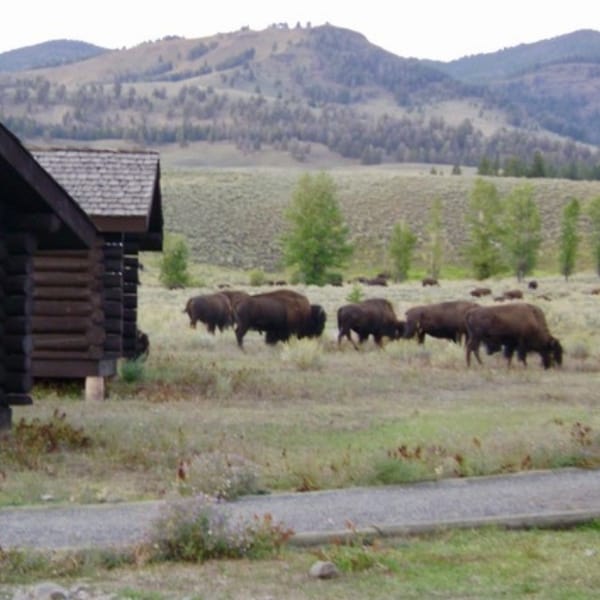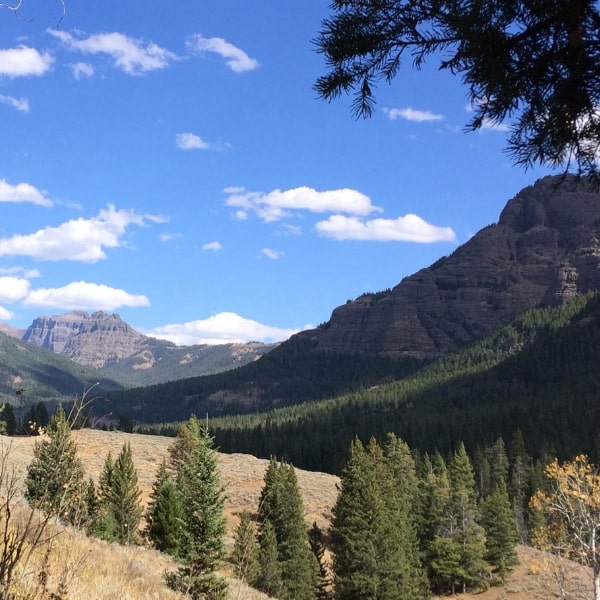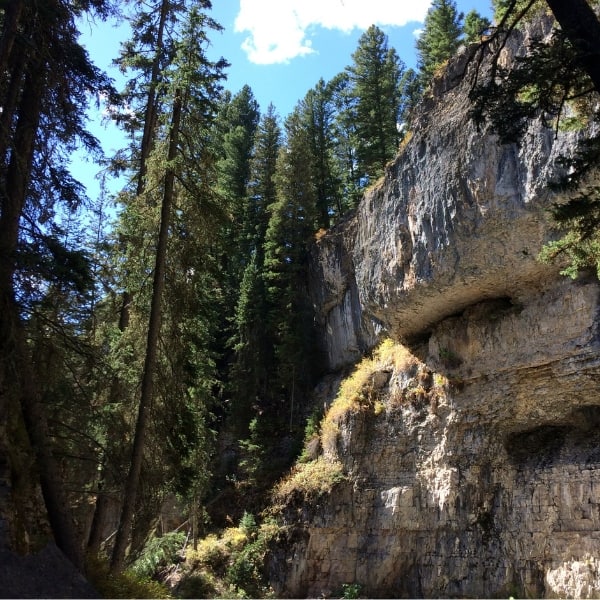There is more to setting off on a hike than hopping over the back fence with a loaf of bread and a pound of tea à la John Muir–turn-of-the-nineteenth-century naturalist, writer, and outdoorsman. While his shortlist encompassed food and nutrition, survival and sanity suggest we take more when we head into the woods. We need to know where we’re going and how to get there. We need protection from the elements. We need first aid supplies. Beyond that, it helps to know a little about hiking technique—how to take an incline, how often to rest, and how to travel in a group.
All this I learned in a weekend hiking class back in college. To be honest, “learned” is overly generous, at best. I needed a P.E. credit. I came from a family that crossed the country every year to spend a week trekking through Yellowstone. So I chose a hiking class to fulfill the academic hoop, jumped through, and left most of what they taught me in the classroom, for a while, anyway.
Twenty-five years later, my dad and I headed West to go to a nature writing workshop in Yellowstone. During an afternoon break, a group of us gathered to hike to the acclimation pens used during the park’s wolf restoration. We set off down a dusty gravel road, turned onto a dirt path, crossed a bridge over the small but spritely Rose Creek, and entered the woods. The further we got from the little outpost of civilization that served as our base camp, the more the way narrowed, forcing us to loosen the little knot we’d been traveling in and string ourselves out, single file, along the trail.
“I’ll take sweeper,” called out Betty, a petite, white-haired septuagenarian, as she stepped out of line and fell in step behind the last hiker.
Sweeper. That was a word I hadn’t heard for a long time. Not since that hiking class back in college.
Betty wasn’t the youngest among us. She wasn’t the strongest. I’m pretty sure she wasn’t the slowest. But she was the one who took responsibility to make sure we didn’t lose anyone. A lifelong Montana resident, she belonged a hiking club. She knew her stuff. A healthy, well-functioning, safe hiking group travels as fast as its slowest hiker—another bit of information I suddenly remembered—and it’s the sweeper who is responsible for calling out for slowing the pace, if necessary. It’s the sweeper who watches out for the slower ones. By offering to serve as sweeper, Betty had volunteered to bring up the rear.
Here’s a fact of my hiking life: I do not walk quickly. What I mean by that is, even on smooth asphalt and flat terrain, I tend to lag behind. Add ups, downs, loose rock, and exposed roots, and I am—almost always—the slowest hiker. And here’s the accompanying confession: That I am the slowest hiker is something I prefer to keep to myself. My tendency is to stay to the back—not for the sake of the other hikers, but for the sake of myself.
The fact is, though, it’s safer for the slowest hiker and better for the whole company if the person in the back is not the one with speed issues. It’s best to have a sweeper, someone who takes up last place for the good of the group rather than for the sake of her pride. The sweeper has a job to do.
There are roles out on the trail and the responsibilities are clear. Along with the sweeper, there should be a leader who walks upfront with the aim of getting the group to the destination. But the leader can’t do this alone. Body mechanics dictate that the lead hiker face the trail rather than the group, requiring reliance on the sweeper to attend to the state of the other hikers. While the leader walks in front—finding the way, setting the pace, and calling for breaks, the sweeper stays in the back, monitoring fellow hikers for signs of fatigue and injury, informing the leader of the need to slow down if the pace isn’t right, and accounting for every hiker before moving on.
In order for everyone to stay together, the lead and sweep hikers have to cooperate. Both of these roles are vital, and it’s best if group members rotate through each one. This guards against fatigue and allows every member of the company to learn how to travel well together. When everyone—fast or slow—takes a turn, everyone learns. Everyone grows. The faster ones learn to keep pace with their companions. The slower ones learn to bear the burden of others rather the weight of their pride. And together everyone carries the load of conversation and community. When the terrain calls for an adaptation of the usual or preferred hiking order, people know what to do.
Even though neither my husband nor I ever named the roles or call out, “I’ll take leader,” or “I’ll take sweeper,” we hike according to their spirit every time we head into the woods. He always takes position between the family and the place he perceives as posing the greatest danger. Sometimes that means he walks behind us. Sometimes it means he walks ahead. And sometimes, when the way is wide and it’s just the two of us, we walk side by side.
When our children were small, we arranged our family on the trail with an eye not only toward their safety, but also opportunities for them to explore and grow. Where the landscape presented a clear view, we allowed—and even encouraged—them to charge ahead and lead the way, because they knew to stop and wait when we called on them to. But where the forest obscured the line of sight or the path paralleled dangerous drop-offs, we walked with our children either between us or beside us, sometimes hand-in-hand.
And the day our path intersected with that of a bear on a clifftop? That day my husband called on our teenage son to lead the family across the top and down the side. Our son knew the way and he knew not to run. My husband took up sweeper position, a barrier between his family and the bear that gained ground on us with every step.
Leader, sweeper, and hikers in between, by the grace of God we arrived at our destination. Together.
This is the way of the trail. Taking the lead. Walking in the middle. Bringing up the rear. Paying attention. Speaking up. Listening. Adapting.
This is walking by faith in fellowship. Leading. Following. Teaching. Encouraging. Spurring one another on.
This is life together. And this is how we make it, having left no one behind.
And you, fellow traveler? How do you approach walking by faith in fellowship? Are there adjustments–small course corrections–that would serve you and those you travel with better?


Love your post and heart. You write well, but more than that, you’ve got a lovely lesson. 💕